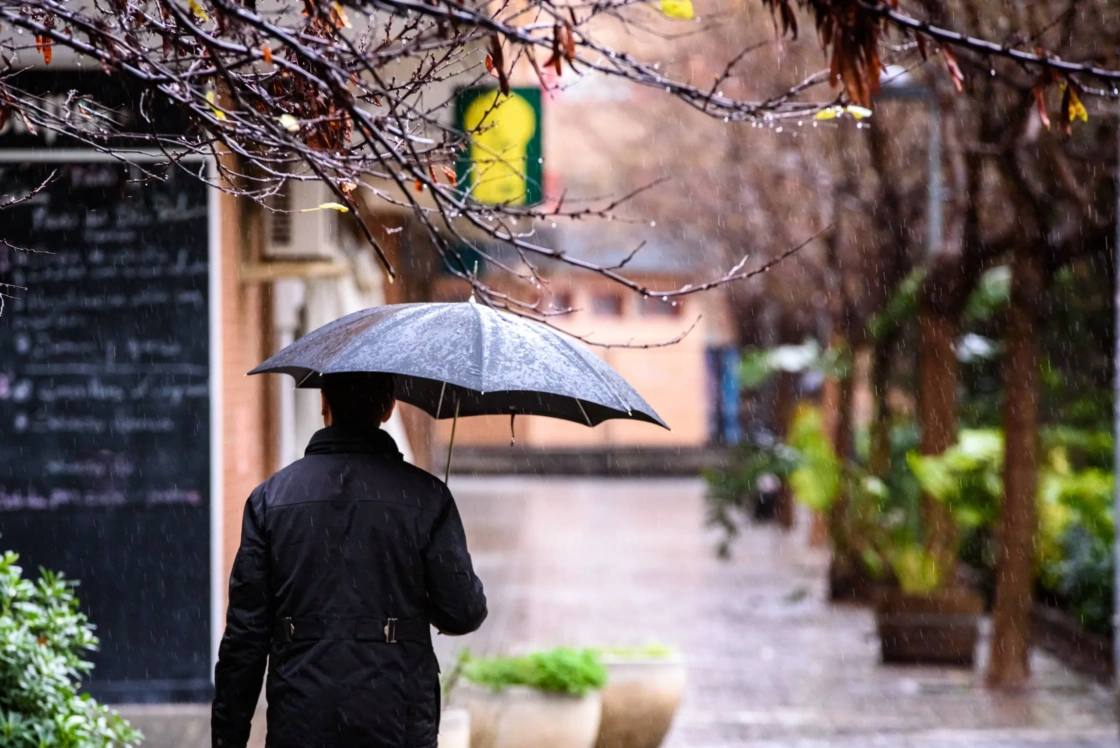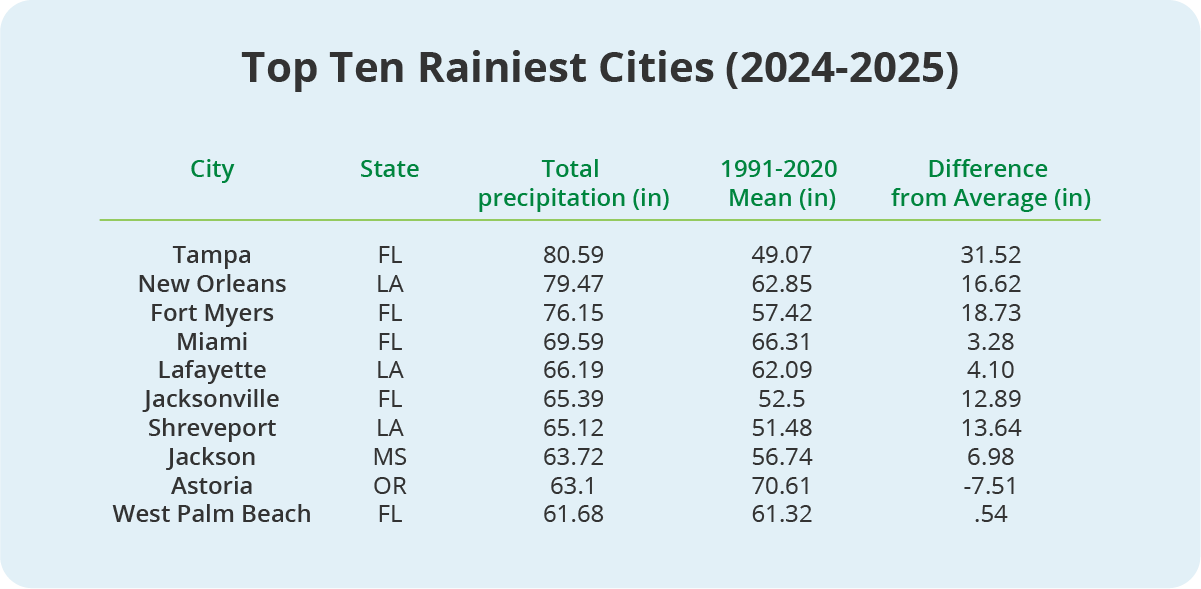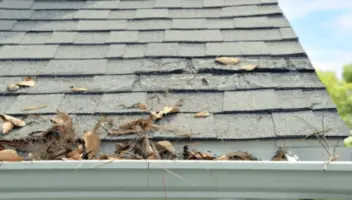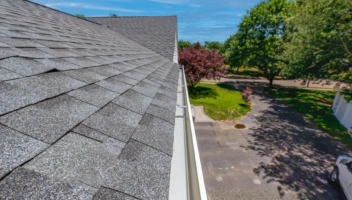The Rainiest Cities in America This Year, Ranked by Inches of Precipitation

Which U.S. cities were absolutely soaked this past year? We ranked rainfall totals across the country from February 2024 through January 2025, and the results weren’t at all what we expected.
Sure, places like Shreveport and New Orleans topped the charts. But Asheville, North Carolina, climbed to the #6 spot, with unusually high rainfall driven in part by Hurricane Helene in September 2024. Meanwhile, we were surprised to learn that Seattle didn’t even make it to the top 10!
These shifts aren’t just weather curiosities. They’re wake-up calls. When climate patterns throw curveballs, homeowners need to be ready—especially when water damage is a concern.
Key Takeaways
- The Gulf Coast took a drenching, but Southern Appalachia crept into the top ranks with record rain.
- Asheville and West Palm Beach experienced higher-than-average totals, highlighting the expansion of rain zones.
- Rain is no longer just a Northwest issue. Homeowners across the U.S. need stronger water protection.
The Top 10 Rainiest Cities
Using NOAA climate data from February 2024 through January 2025, we ranked the 10 cities that recorded the highest total precipitation. From subtropical storm zones to misty mountain towns, these cities saw more than their fair share of wet and rainy days.
Together, these cities averaged over 70 inches of rainfall, which is well above the national norm of 30 inches. While cities known for their rainfall took a backseat this year, mountain towns and coastal suburbs, such as Fort Myers, climbed the ranks. The biggest shift this year isn’t just how much rain fell, but where it fell.

Regional Breakdown
South & Southeast
The Gulf Coast continues to lead the nation in annual rainfall. Louisiana, Florida, Alabama, and Texas all show up in the top 10—no surprise given their exposure to tropical moisture and storms. Fort Myers, still recovering from back-to-back hurricanes in recent years, faced its wettest year on record. The rainfall added new challenges for residents, businesses, and the environment.
Pacific Northwest
Portland held strong with nearly 68 inches of rain, but traditional rain titan Seattle didn’t make the cut this year. This is a sign of how variable patterns have become.
Mountain Regions
Asheville’s jump to the #6 spot is one of the most surprising anomalies. Known for its foggy mornings and lush forests, the city still typically falls short of such high totals. This year, however, was different. A stronger-than-usual El Niño pattern, shifting jet stream flows, and the downpour of Hurricane Helene all contributed to significantly higher rainfall totals than usual.
Why Gutters Matter More Than Ever During Rainy Seasons
All this rain has to go somewhere. If it’s not being directed through your gutters, it’s probably going somewhere you don’t want it to go, like under your roof shingles or into your basement. Gutters play a vital yet often overlooked role in protecting your home.
But here’s the catch: they only work if they’re cleared out and able to flow properly. And with record-breaking rainfall hitting cities across the country, even a small clog can lead to big problems.
Whether your region has always been wet or ended up a lot wetter this year, your gutters aren’t something to ignore. They’re your first line of defense, and they need to be ready for anything.
As Time Magazine put it, the best way to protect your home before a storm is simple: “During a storm, you want your gutters to move as much water as possible, as easily as possible.” That starts with clearing out clogs ahead of time. Waiting until a storm hits can be risky—and by then, it’s often too late to get up there safely. Water build-up can quickly lead to roof leaks, structural damage, and costly repairs.
In short: if your gutters aren’t ready, your home isn’t ready.
The Potential Impacts of Heavy Rain
Heavy precipitation doesn’t just inconvenience your weekend plans. It puts your home at risk in ways that can sneak up on you. Here’s what we see most often:
- Water damage: Leaking roofs and moisture-stained ceilings often start with overwhelmed gutters.
- Basement flooding: If rainwater isn’t directed away from your foundation, your basement may pay the price.
- Landscape erosion: Unchecked runoff can erode topsoil, destroy landscaping, and leave muddy messes for your kids and dogs to track into your home.
- Pest issues: Water pooling in clogged gutters is a breeding ground for mosquitoes and rodents.

The Importance of Gutter Guards in High-Precipitation Regions
When your city gets 60+ inches of rain a year, gutter maintenance isn’t optional—it’s essential.
When gutters are clogged with leaves, twigs, and seasonal debris, rainwater has nowhere to go. It spills over, backs up, and ends up in places it doesn’t belong, like behind your siding or beneath your shingles. One storm is enough to clog an unprotected gutter system and back up water where it shouldn’t be. Gutter guards help keep the water flowing—even in heavy rain.
With rain belts expanding and weather extremes becoming more common, this preparation is essential. Cities that never used to top rainfall charts now see more water than ever. That means even if your home hasn’t needed protection in the past, the data says it might be time to reconsider.
Gutter guards are a smart, preventative upgrade. They help keep your gutters cleared out, helping to prevent costly damage during the wettest months of the year.
LeafFilter’s Gutter Protection System is built to do exactly that. It helps ensure that water flows out so your home stays dry, protected, and ready for whatever the forecast brings.


